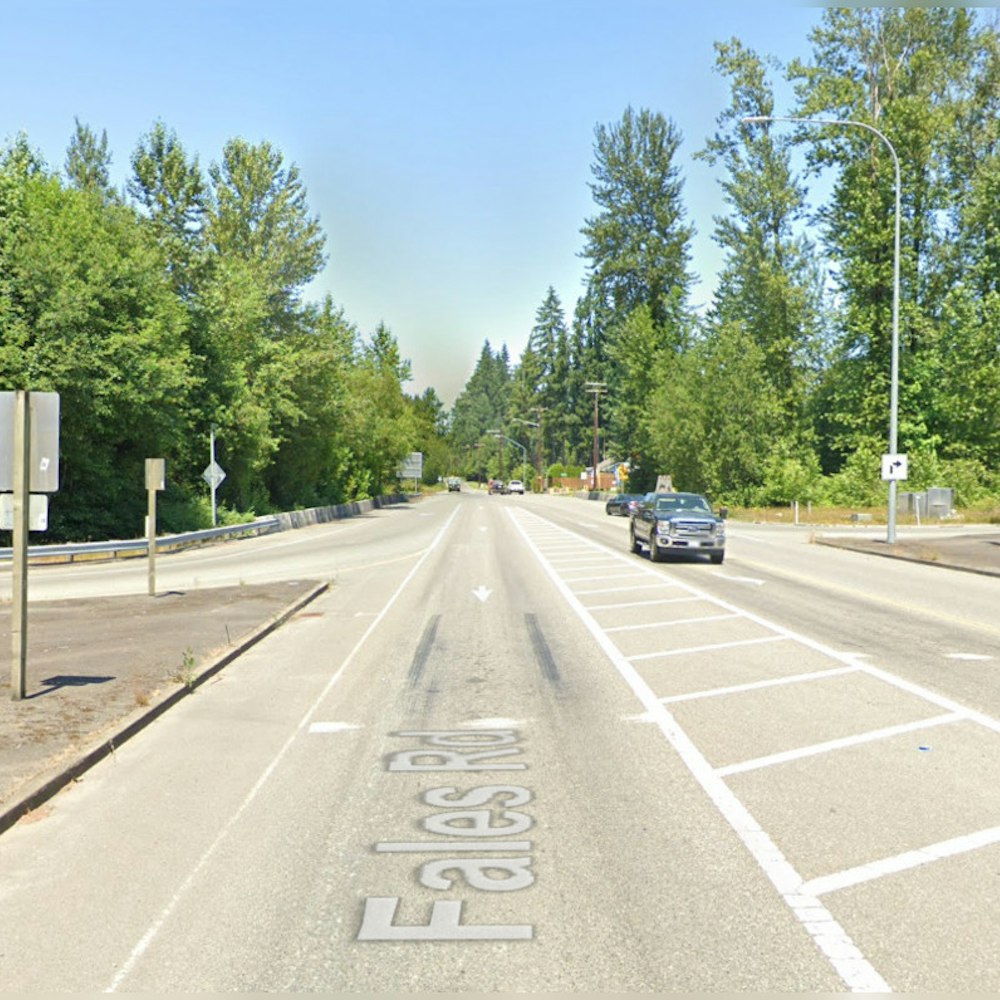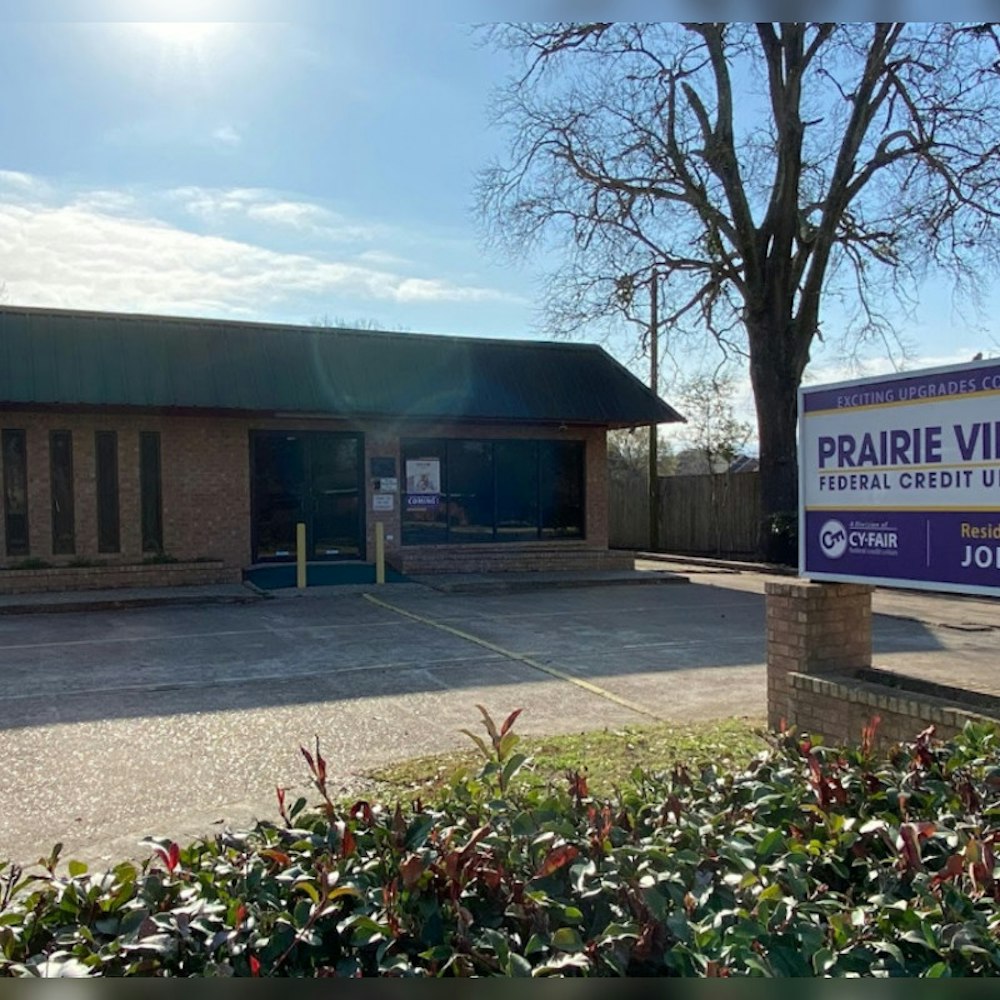
San Jose city officials have announced plans to clear around 200 homeless people living along Coyote Creek to make way for a crucial flood-protection project, raising concerns about the fate of these individuals uprooted from their makeshift homes, according to the Mercury News.
While such measures may be necessary for the greater public good, it does little to alleviate the struggles faced by these homeless communities, and with limited shelter options and affordable housing options available, they’re left with no choice but to wander the streets, searching for temporary refuge amidst the ever-worsening homelessness crisis gripping the city, a growing issue that cannot be resolved through mere eviction actions, and which inevitably begs the question: where are these evicted individuals supposed to go?
Angelica Lopez, one of the many affected by the eviction, expressed her concerns stating that the homeless people had “nowhere else to go,” forcing them to take to the streets, as reported by the Mercury News
The city's decision to clear out homeless residents along Coyote Creek has faced pushback from various quarters, with some noting that providing shelter for everyone is a difficult, if not impossible, task according to San Jose Spotlight, there is a severe lack of available shelters and housing alternatives for these displaced residents, and with many finding themselves with no option but to scatter into surrounding neighborhoods, this merely disturbs already-struggling communities instead of offering a sustainable solution to a crisis that the Bay Area’s largest city has been grappling with for many years now.
With more than 6,700 people affected by homelessness in San Jose, the city is urgently trying to find ways to manage the crisis, and while Mayor Matt Mahan has made significant strides in cracking down on encampments and increasing shelter beds and services during his tenure, the looming eviction of Coyote Creek leaves the city facing the prospect of a long road ahead to meaningfully assist these displaced residents in finding a roof over their heads per the Mercury News.
As a result of a recent agreement between the Santa Clara Valley Water District and the City Council, San Jose has received $4.8 million in funding to connect evicted Coyote Creek residents with shelter and services, as reported by the Mercury News, however, city officials have admitted that they are “not able to guarantee housing or shelter opportunities to every person living in the construction area,” which raises alarm among advocates, who argue that vulnerable homeless individuals, such as seniors and disabled residents, could be put in harm’s way without adequate protection and housing options to accommodate their unique needs.
Moreover, there is a growing sentiment among homeless residents that the city's initiatives to offer interim housing options, such as prefabricated cabins and tiny homes, do not wholly address their situation as stated in the Mercury News, some residents have expressed a longing to remain alongside friends within their encampments or harboring negative sentiments towards these small, seemingly confining shelter alternatives.
Oakland's recent experience with clearing out the Wood Street Commons homeless encampment, the largest of its kind in the area, further highlights the challenges faced in these situations as reported by Hoodline, although the city provided alternative shelter options, such as the Wood Street cabin program and Safe RV Parking program, these options were deemed inadequate by residents who demanded more comprehensive supportive services and a stronger sense of community.
Given the difficulties faced in finding suitable long-term solutions to this ever-worsening homelessness crisis, the reality remains that thousands across San Jose and other cities will continue to experience the daily struggle imposed by scarcity of acceptable housing options, displacement, and the unstable life of encampments, but it is essential for cities to acknowledge and work in tandem with communities in order to find innovative solutions that not only address immediate needs but promote sustainable, lasting change for everyone affected by homelessness.








-1.webp?w=1000&h=1000&fit=crop&crop:edges)
